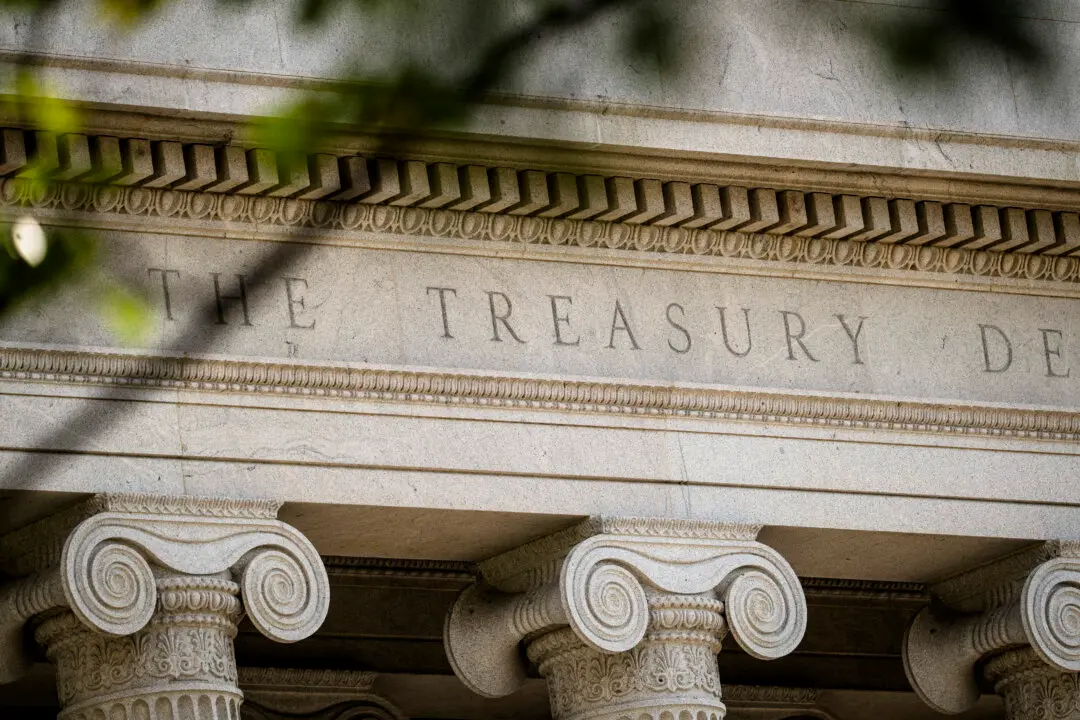Unemployment figures are considered by serious economists and market watchers to be a lagging indicator. But all too many of us make the mistake of believing that the unemployment rate is a leading indicator despite empirical evidence and objective reason. The lagging indicator argument makes sense, as employers do not usually lay off people until there is confirmation that their revenues and profitability are falling. This is confirmed by historical data.
Consequently, it should be of little surprise that Canadian unemployment rose to 6.1 percent in March from 5.8 percent in February, according to Statistics Canada. In July of 2022, the unemployment rate hit a cycle low of 4.9 percent, while in March 2023, the rate was 5.0 percent. A rise of 22 percent in the unemployment rate in one year is consistent with the start of a classic recession.
Unemployment in Canada leading up to the Global Economic Crisis was 6 percent in November 2007 and 6.6 percent in November 2008, an increase of 10 percent. The increase in unemployment in 2000 was even less in magnitude at 6.6 percent in May of that year, rising to 7.0 percent in May 2001. The 1990 recession showed a trajectory closer to our present situation. In October 1989 unemployment was at 7.2 percent, rising to 8.8 percent in a year, or 22 percent. Unemployment increases accelerated in the year after the first post-low year providing substantial evidence that unemployment is a lagging economic indicator.
This analysis begs the question as to whether history will repeat itself. Will unemployment accelerate in the next year, or will we see better numbers going forward? One thing we can be certain of is that despite years of gaslighting by government spokespersons and much of the government-funded and subsidized media, the economy is struggling. Real disposable income has been flat or falling since the late 2010s. Employment figures are catching up to reality. According to Statistics Canada, the employment rate has fallen for the sixth consecutive month.





